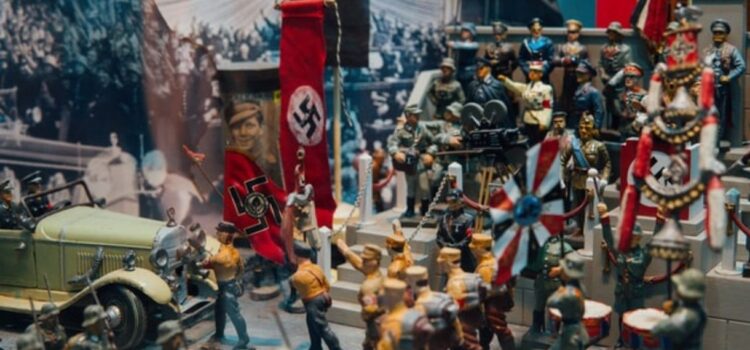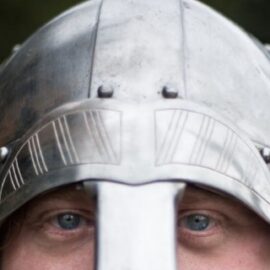

This article is an excerpt from the Shortform book guide to "Caste" by Isabel Wilkerson. Shortform has the world's best summaries and analyses of books you should be reading.
Like this article? Sign up for a free trial here .
Why did Germans keep the Holocaust statues and memorials—the legacy of Nazi Germany? What do they represent today?
Germans have dedicated themselves to never forgetting the Nazis. They have kept the Holocaust statues, museums, and concentration camp memorials to educate the public and honor the memory of its victims.
Read about the German Holocaust statues—a reminder of the Third Reich evil.
Holocaust Statues: The Invasion of Memory
The Germans have kept a number of Holocaust statues and memorials dedicated to the period in which the Nazis reigned, but they focus on remembering and learning from the events, rather than celebrating them.
For instance, in the heart of Berlin, the cityscape opens up to a 4.7-acre plot covered in 2,711 large rectangular blocks of stone that resemble coffins. The stones are at varying heights, and only a narrow walkway exists between them. The display is called the Memorial to the Murdered Jews of Europe, and it serves as a reminder of the lives stolen at the hands of the Nazis.
The Germans also commemorate the memory of those who perished with the stumbling stones, or brass palm-sized squares embedded into the ground throughout the city and other areas. These stones, which total more than 70,000, hold the names of victims. They are essentially headstones placed in front of the homes of the victims that force passersby to stop, bow to read them, and contemplate their meaning.
Hitler’s bunker was paved over with concrete, and the wall outside the main train station in Berlin holds a story-high plaque that reads, “Places of Horrors That We Should Never Forget.” The plaque is a reminder to everyone entering the station that it is where Jews were loaded like cattle and taken to the concentration camps. The history of the Nazi party is a required part of the curriculum in German schools, and children are taught about the downfall of German society in allowing the mass murder of millions to happen. Displaying a swastika is also a felony with a three-year maximum sentence.
The Germans don’t run from the memory of this brutal chapter in their history. They make every effort to educate through these memorials, museums, and curriculums so the evil of those times is ingrained in their culture and will never be allowed to happen again.

———End of Preview———
Like what you just read? Read the rest of the world's best book summary and analysis of Isabel Wilkerson's "Caste" at Shortform .
Here's what you'll find in our full Caste summary :
- How a racial caste system exists in America today
- How caste systems around the world are detrimental to everyone
- How the infrastructure of the racial hierarchy can be traced back hundreds of years






